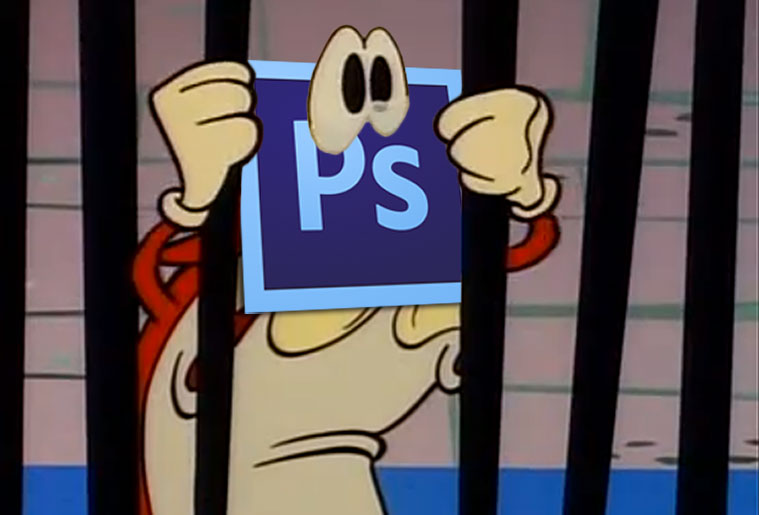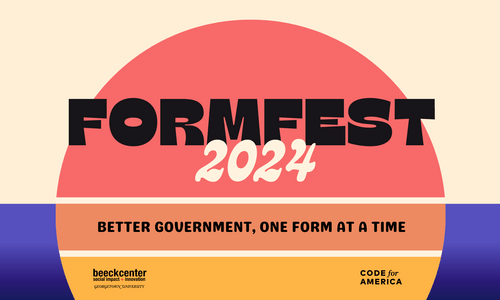
There seems to have been a fair amount of chatter lately (including at Jason Pamental’s excellent Western Mass Drupal Camp keynote presentation) about how we’re entering a PSD-less era of web development, favoring instead a method of quickly creating functional mockups that more directly reflect how the final site will behave on an ever expanding array of devices. I understand how this could be an appealing concept, especially to someone who is focused on the programming side of the equation. (As opposed to the visual side, which I contend are two distinct traits when it comes to web development- although I have met many who possess both.) But while I agree that creating a static image in Photoshop is becoming more and more cumbersome with the increased fluidity of interactive design, I think that many of the evangelists of this process are overstating the uselessness of a Photoshop mockup.
Client Communication
First of all, client interaction will never be easy. Clients can often be fickle, reactionary, and have narrow vision. This behavior is completely understandable, considering how important a website can be to them and their business. But there’s no magic bullet that’s going to solve this. I’ve always found Photoshop mockups to be a direct and instant way to cut through much of this and communicate to a client precisely what their website will look like. A functional mockup may better communicate the site’s behavior across different devices, but with this strength comes some weaknesses.
Design Process
I’m sure there are web developers out there with a solid design sense whose comfort with building a website relative to their comfort designing in Photoshop makes building a functional mockup a comparable experience to building a Photoshop mockup. But I’m willing to bet they’re few and far between, and often lacking the “with a solid design sense” qualifier. Photoshop has become an intrinsic part of the web development process, to the point of being considered a step in and of itself, by being an environment far more conducive to design than almost any method used to assemble a functional site can be. It’s built for visual design. Anything from moving an object to testing a dozen different colors, gradients, or styles can be done in a matter of seconds. In Photoshop, there’s little to no friction between the designer and the process of design. The conditions under which building a functional mockup could possibly compete are not likely to present themselves in the present or the near-future.
Inconsistency From Design to Finished Site
We recently completed a site for a client. When we finished, they had trouble getting us feedback. When we asked why, their response was because it looked and functioned exactly as we described it in the design phase. This isn’t uncommon for us. I’m a little baffled at mentions of designs only being a loose idea of what the final website will look like. All it takes is knowing enough about web development, and the quickly evolving nature of web-enabled devices, to keep from creating any problems down the road, in addition to making sure the client is well informed of the functionality of the website at all times. If you can’t accomplish these things, functional mockups will not solve your problems.
Time Saver
One of the most dubious (I feel) claims I hear made about functional displays being superior to Photoshop is that they take less time. Could this be true? I asked our lead developer if you’d be able to use a lot of the work you did when making a functional mockup in the final website. He didn’t think so. Especially not with a full-service (read: heavy duty) CMS like Drupal. As with most debates, the best solution probably lies somewhere in the middle. Does it make sense to create static Photoshop images for fluid websites? Nope. Does that mean we’re all definitely going to end up producing functional mockups as a part of the development process? Double nope. One-size-fits-all solutions rarely work as well for anyone who didn’t create them, and the oft-repeated “PSD-less future” tagline is a sensationalistic exaggeration. I think the real story here is that we need to stop thinking about designing sites solely to be viewed in a browser on a desktop computer, and develop our own solutions for dealing with that. I’m willing to bet that a fair number of them will involve Photoshop. *P.S. Yes, I realize there’s an irony to my using a poorly Photoshopped image in a blog post defending Photoshop as a serious tool, but I’m a firm believer that the facilitation of silly nonsense is solidly in the top five of Photoshop’s greatest strengths.




